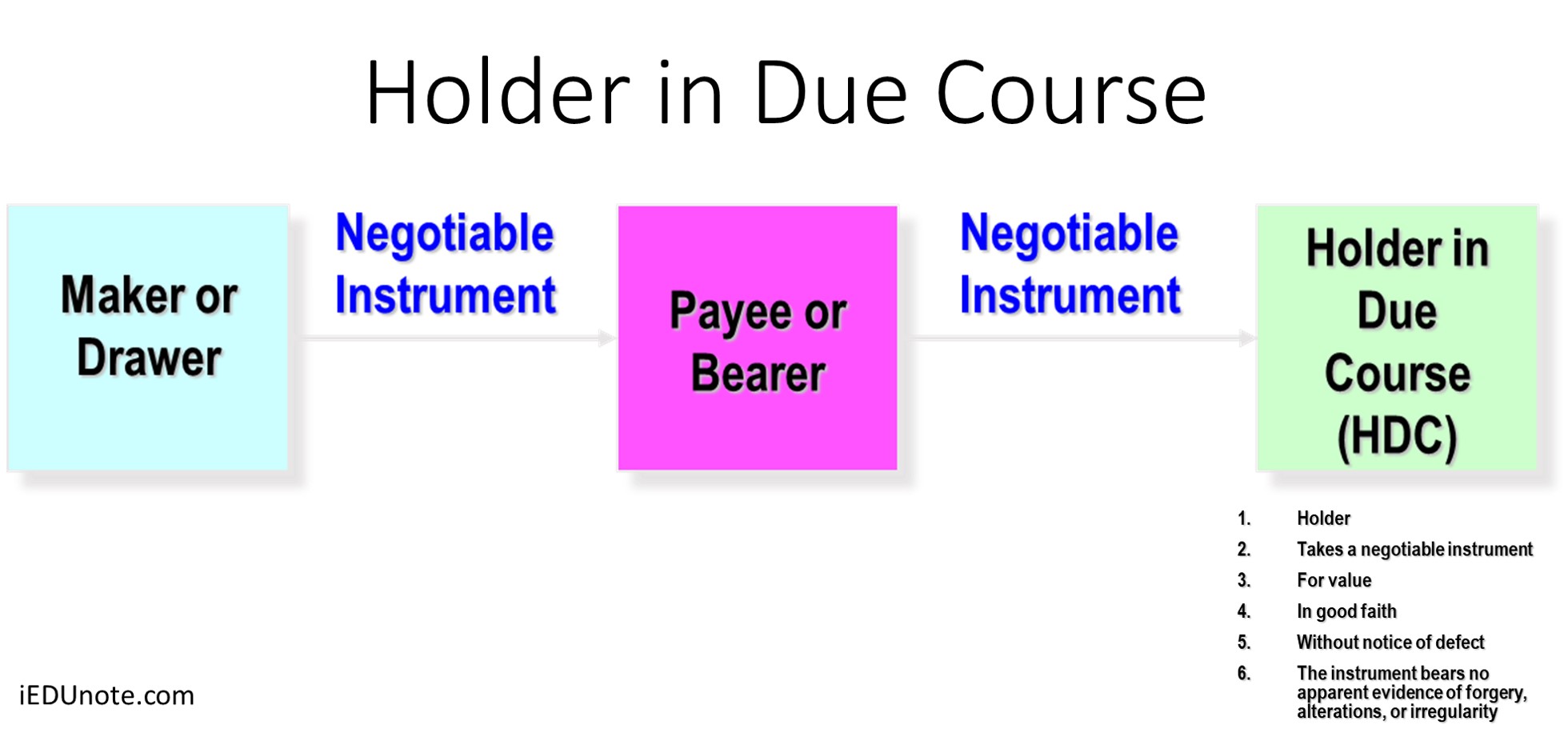Sometimes the insured may desire to terminate the policy before death or maturity of the policy. It mostly happens when the insured becomes unable to pay further premiums because of some financial difficulties and wants to procure some cash money to meet some needs.
In such circumstances when the insured wants to discontinue the policy permanently and does not even desire to convert the policy into a paid-up one for a reduced cover, he may surrender the same for a cash value.
When a policy as such is surrendered, normally, a surrender value is available, even though it is always less than the total premium paid so far.
The reasons that the surrender value is always less than the premium paid are:
- The insurers must deduct the cost of life cover given so far from the total premium paid.
- The initial expenses incurred by the insurers in materializing the policy must also be deducted from the premium. Such expenses are:
- Procuration cost.
- Medical expenses, e.g., doctor’s fees.
- Commission paid to agents.
- Cost of the policy document and all administrative expenses involved.
- Stamp duty already paid.
Such expenses are indeed very heavy initially and are spread over the duration of the policy period by uniform addition to the level premium.
Therefore, when surrender takes place, the insurers must ensure realization thereof before quoting the surrender value. The expenses are so heavy that normally these become almost equal to two annual premiums.
This explains the reason why normally, a policy does not acquire surrender value until about two annual premiums have been paid.
This is also the reason why the surrender value becomes proportionately more and more during the latter part of the policy period.
The students should realize that granting of surrender value is possible because of the level premium system where a reserve is accumulated, and this system of reserve virtually has given rise to the practice of granting surrender value.
As the surrender value is paid in cash at the time of surrender, it is, in fact, the present value of the future paid-up value.
Important Features of surrender value
- Surrender terminates the contract.
- Surrender value is invariably less than the premium paid up to the time of surrender and the value proportionately increases during the latter part of the policy period.
- Normally, a policy does not acquire any surrender value during the first two years because of the initial expenses involved.
- Surrender value is paid in cash at the time of surrender, and it is the present value of the future paid-up value.
- The system of allowing surrender value has been made possible because of the level premium system under which a reserve is accumulated.

![Types of Insurance Organizations [A Comprehensive Guide]](https://www.iedunote.com/img/259/types-insurance-organization-e1529504882393.png)